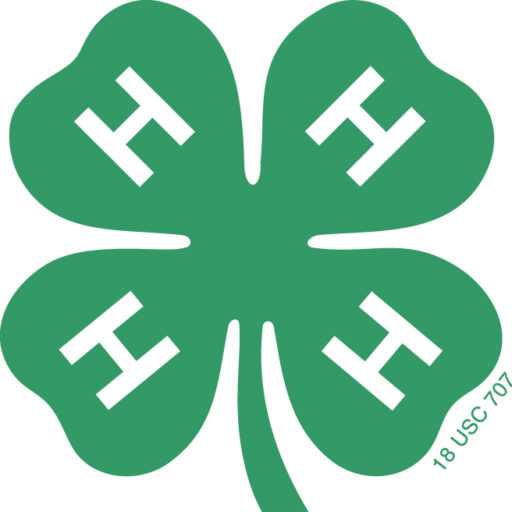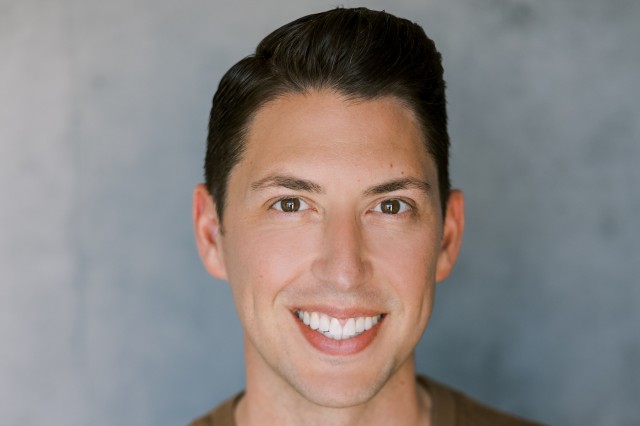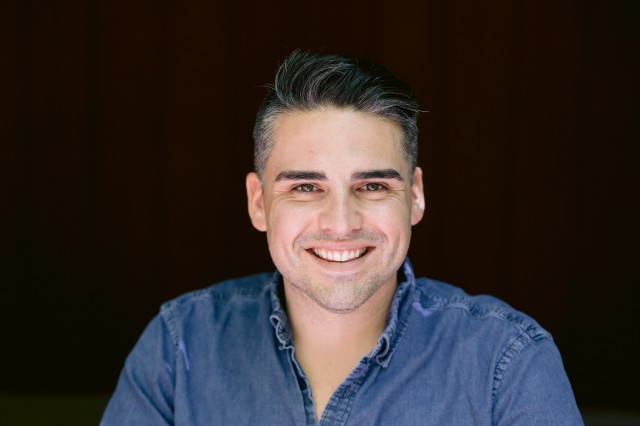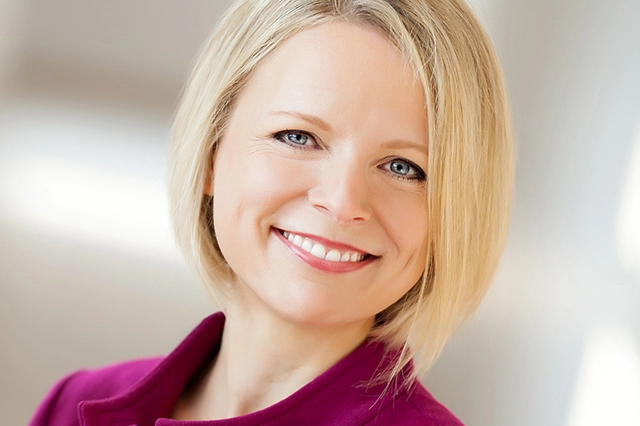Have you ever wondered about the journey that your dollar takes when you give to National 4-H Council? For instance: how does a dollar donated at the national level impact the 4-H club in your hometown? Or, in what ways does your gift shape the 4-H experience for millions of young people?
First, let's start with what Council does so you can be confident about where your support goes.
National 4-H Council supports 4-H at all levels. If you've participated in a 4-H program, you know they're one-of-a-kind. We work with our land-grant university partners across the country to give young people opportunities they can't find anywhere else: opportunities for kids to discover their spark, form lasting relationships, and participate fully in the world around them. When you make a gift to Council, you're building 4-H's capacity nationwide and ensuring we can continue to grow to serve more kids.
Here are just a few ways your generosity to National 4-H Council makes a difference. We support positive youth development programming that:
Fosters Relationships
Young people are introduced to caring mentors and friends at a time when it matters most.
"We have a little girl in the 4-H Youth & Families with Promise Club who told her mentor that she doesn't have any friends. The mentor told the 4-H staff member about what the little girl had said, so the coordinator introduced her to some girls in the club and told them to play a get-to-know-you game. The next day, the little girl's mom called the coordinator to report how excited her daughter was that she made new friends at 4-H. Since starting the program, her mother shared that she is much happier and more confident."
- A 4-H Volunteer
Builds New Skills
Kids learn life skills by overcoming personal challenges, discovering their passions and building their confidence.
"Because I have ADHD and high-functioning autism, I went to speech therapy to learn how to articulate what I wanted to say instead of rambling. 4-H was how I actually got to practice getting up in front of a group of people. I would not have done that before 4-H. It forced me to open myself up to those types of experiences and I learned that it wasn't as scary as I may have thought (and I actually was decent at it)!"
- A 4-H Youth
Brings Kids Together
Our national positive youth development events - the Summit series and Citizenship Washington Focus - bring together young people from across the country to focus on areas of growth that will benefit them, their communities, our country, and our world.
"I received a phone call from a mother who was almost in tears. Her daughter had been struggling with bullying and a lack of interest in projects she used to enjoy. But after she attended the National 4-H Youth Summit on Agri-Science, her mother noticed a significant change. It was the first thing she had been really excited about in some time. She told us that her daughter passionately talks about the experience everywhere she goes and was even invited to visit an agritourism farm to share her knowledge with 150 elementary school youth - teaching them the importance of pollinators and their habitats. She thanked us for such a positive experience and for helping her daughter get back on a positive life track. She can't wait to see all the great things that will come from being an ambassador, and her daughter is now considering a career in teaching as she is enjoying it so much."
- A 4-H Agent
Tackles Key Issues
We make our programs scalable so that 4-H'ers can make a real difference in their communities while addressing larger national issues. For example, here's how our 4-H Tech Changemakers program, which gives teens the resources to bridge the digital divide, created a brighter future for a struggling mom in Mississippi:
"I am a mother of three boys, and we entered a domestic abuse center in July 2021. I know that I must find work to be able to provide for myself and my boys. The center is working with the 4-H Tech Changemakers Program and encouraged me to take part in it. At first, I said 'no' because I didn't think a teenager could teach me anything. But that all changed after the first session. They were great - so very helpful and so kind. The team is helping me develop the skills I need to research and apply for jobs."
- A Community Member
Reaches Vulnerable Populations
We meet urgent needs across the 4-H network. For example, National 4-H Council created an emergency assistance fund at the onset of the pandemic so that our Cooperative Extension System partners could ask for help where they needed it most. Nearly $300,000 was awarded through 24 grants - reaching 17,395 young people with virtual camps, activity kits, gardening workshops, and more.
"We all learned so much [through virtual camp] and didn't want it to end! I loved the mix of live events, activities at home, and support videos. You guys proved COVID won't ruin camp plans. My daughter is medically fragile…and she was THRILLED to be able to join in on all the fun without COVID concerns."
- A 4-H Parent
That's just a glimpse of your giving at work. Stories like these happen every day within the 4-H family because of incredible young people and the dedicated educators who inspire them, the caring mentors who encourage them, and the generous donors (like you!) who support them.
Just like the youth we serve, your gift to National 4-H Council is limitless in how it can impact the world.





















